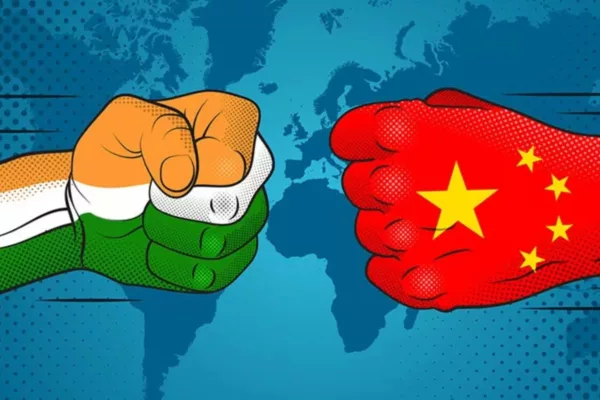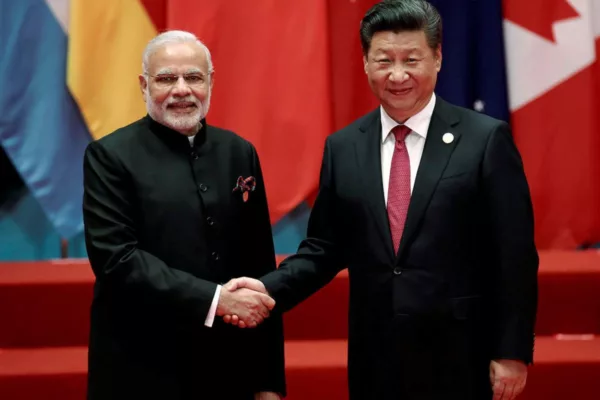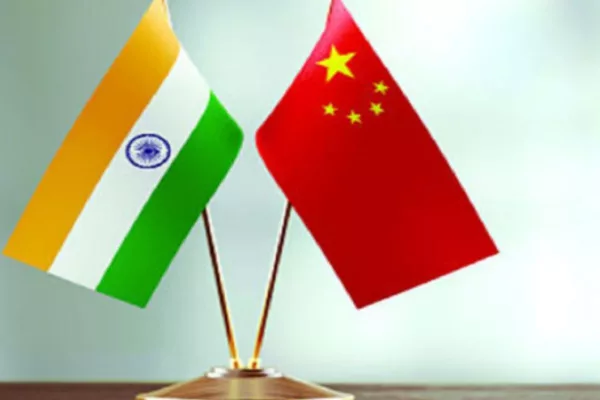China’s Attempt to alter status quo at LAC changes relations: MEA
5 Main Reasons for China’s attempt to alter status quo at LAC changes relations: MEA

China’s attempt to alter status quo at LAC changes relations: MEA
India and China’s Line of Actual Control (LAC) has been a cause of conflict in recent years as both accuse the other of trying to change the status quo. China’s attempts to change the status quo and how it affects the relationship between the two nations have been addressed in a statement from India’s Ministry of Foreign Affairs (MEA).
In its report, the MEA emphasizes that China and India have historically shared a commitment to upholding harmony along the LAC. But, has recently made decisions that have undermined this accord and changed how things are.
The statement uses efforts to alter the status quo in the Doklam region as one of its primary examples. Chinese soldiers started building a road in an area claimed by China and Bhutan in 2017.

A standoff between Indian and Chinese forces erupted after India, a key ally of Bhutan, intervened to stop this construction. The impasse lasted over two months before it was finally settled diplomatically. The MEA statement underscores that India’s action was required to prevent a shift in the local status quo.
The MEA statement highlights efforts to change the status quo in other LAC regions. This entails the placement of sizable military forces and equipment in previously demilitarised areas and the building of essential infrastructure like roads and bridges. These initiatives have heightened border tensions and sparked worries about intentions in India.
India’s continued commitment to peacefully resolving the border conflict is emphasized in the MEA statement. Yet, it also makes it plain that India will take the necessary steps without hesitation to safeguard its territorial integrity and sovereignty. This entails boosting its military presence close to the border and improving the local infrastructure.
It has asserted that India is to blame for the current border tensions, also addressed in the MEA’s statement. It claims that India has always been dedicated to preserving calm and peace along the border and that actions have brought on any rise in tensions.
The declaration also emphasizes how efforts to change the status quo have wider ramifications. The overall relationship between India and China is said to be negatively impacted by these activities. The MEA maintains that India is still dedicated to forging a cooperative and advantageous partnership with it. But, this relationship can only be established based on respect for one another and conformity to international standards and guidelines.

In its final paragraph, the MEA statement urges upholding the understandings and agreements achieved between the two nations. It underscores the necessity to hold off on taking any measures that would jeopardize the serenity and harmony along the border. The declaration also requests cooperation from China and India to settle the boundary dispute peacefully.
The MEA’s statement emphasizes India’s worries about attempts to change the current situation along the LAC. In addition to defending its territorial integrity and sovereignty, it highlights India’s commitment to preserving calm and peace along the border.
The statement further underscores the harm these acts have caused to India-China ties and asks to abide by the understandings and agreements achieved between the two nations. Chinese efforts to modify the status quo at the LAC have five main motivations which affect relations.
5 Main Reasons for China’s attempt to alter status quo at LAC changes relations: MEA

It attempts to change the status quo along the Line of Actual Control (LAC) and how it impacts the relations between the two nations were highlighted in a statement by India’s Ministry of Foreign Affairs (MEA). The statement’s five key justifications are as follows:
- Breaking of agreements: According to the MEA, China and India have a long-standing agreement to keep the LAC peaceful. Yet China has done things against this accord and threatened the status quo.
- Doklam stalemate: The statement cites the Doklam conflict as an essential illustration of efforts to alter the status quo.
- A more significant military presence: China has positioned many soldiers and hardware in formerly non-militarized areas. This has heightened border tensions and sparked worries about intentions in India.
- Infrastructure development: China has been building roads and bridges along the LAC, which has also caused India to worry about its intentions and capacity to change the status quo.
- Harmful effect on relationship: According to the MEA, efforts to change the status quo have hurt the bilateral relationship between India and China. As a result, the basis of respect for one another and commitment to international standards and values required to develop a cooperative and mutually beneficial relationship between the two countries has been compromised.
Overall, the MEA’s statement identifies agreement violations, the Doklam standoff, a more significant military presence, infrastructure development, and the detrimental effect on relations as the primary causes of India’s worries about China’s attempts to change the status quo at the LAC.




